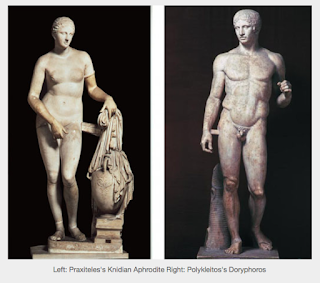Satire In Art History
Satire in illustration started after the invention of print in the fifteenth century. By the eighteenth century, satirical drawings became more popular for using humor to take aim at the religious and political disorders of societies. Caricature marked a golden age in England after The Industrial Revolution because it brought a large class discrimination. Also their constitutional monarchy allowed more freedom of expression comparison to many other countries in Europe.
William Hogarth was the most important British illustrator of his generation. He described his work as ‘novels in paint’. He famed with narratives and stories of modern urban life. I would describe his style as today’s term ‘storyteller’.
Thomas Rowlandson and James Gillray are the other successful British illustrators of the eighteenth-century. Napoleonic War and the legacy of Hogarth provided a great range of work and peak of the political satire. While James Gillray was famous with his political and social satires, Thomas Rowlandson had more erotic engravings in the social context.
In France, illustration gained more liberty after the fall of Napoleon and then, the French Revolution had greater impact with the freedom of the press in the nineteenth century. Honoré Daumier was the pioneering illustrator and artist on his era in France. Although he observed his society, his types were universal: businessmen, lawyers, doctors and bourgeois…
The nineteenth century is the golden age of satire and humorous political magazines in Europe. Punch in Britain, Kladderadatsch and Simplicissimus in Germany, La Caricature in France and Kikeriki in Austria.
The turning point of humor in art in the twenty century with art movements such as Dadaism and the appearance of readymade in art. Dadaism is an intellectual and artistic movement that arose in the chaotic context of the World War I. “Dada” has no meaning in itself but it has absurdity and creative spontaneity.
It is one of the ironies of art history that the destruction of World War I inspired so many painters and sculptors to be more creative than they had ever been before. *
Surrealism emerged after Dadaism with the same provocative attitude but integrating the world of irrationality and dream.
In comparison to the playful and teasing humor of the Dadaists and Surrealists, today’s humor in contemporary art is quite dark. Consumerism, sexism, racism, inequality and environmental issues are recurring themes in contemporary creation.
On of the internationally known figures of the contemporary art is an Italian artist Maurizzio Cattelan with his provocative, dark and funny sculptures.
Maurizio Cattelan once said in an interview that he had never done anything more provocative or brutal than what we see every day around us. In comparison to daily news, his works are not cynical at all. They are simply powerful enough to wake people up. **
With a similar type of spirit, street artist Banksy, Jhon Currin and Czech sculptor David Cerny are other cynical pioneers in the art world.
 In this context, there is no surprise to encounter with perfect artists using humor to highlights the contradictions of their society in repressive governments. World famous Chinese artist Yue Minjun made irony for political criticism with his burlesque works. Cynical realism, is an avant garde Chinese contemporary art movement, was born in the kingdom of censorship to express oneself’s disagreement with humor.
In this context, there is no surprise to encounter with perfect artists using humor to highlights the contradictions of their society in repressive governments. World famous Chinese artist Yue Minjun made irony for political criticism with his burlesque works. Cynical realism, is an avant garde Chinese contemporary art movement, was born in the kingdom of censorship to express oneself’s disagreement with humor.



Yorumlar
Yorum Gönder